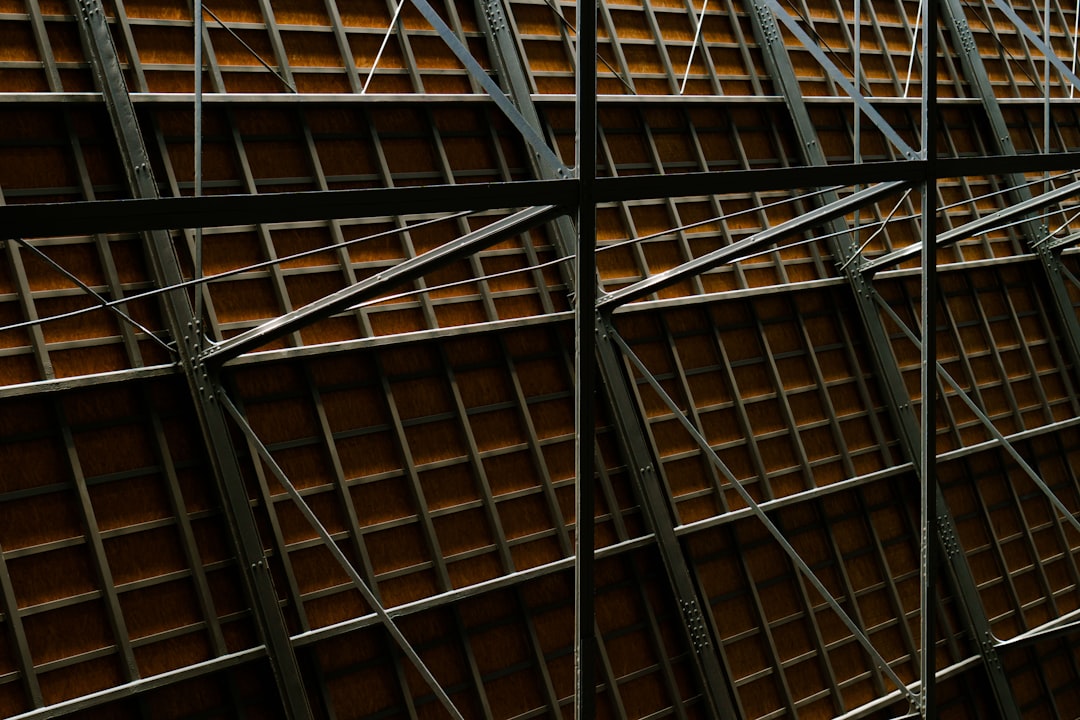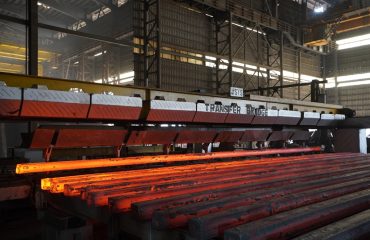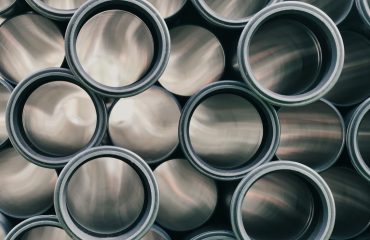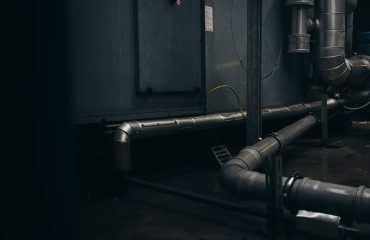Material selection in construction is far more than just picking the cheapest option. It’s a complex process requiring careful consideration of numerous factors to ensure a successful and sustainable project. This guide delves into the key aspects of material selection, empowering you to make informed decisions that optimize performance, durability, and aesthetics.
1. Structural Performance: The Foundation of Strength
The primary function of any building material is to provide structural integrity. This involves selecting materials with the appropriate strength, stiffness, and load-bearing capacity to withstand anticipated loads and environmental stresses. Concrete, steel, and timber are common choices, each with its own strengths and weaknesses. Concrete excels in compression, making it ideal for foundations and columns. Steel boasts high tensile strength, suitable for beams, frameworks, and reinforcement within concrete structures. Timber, a renewable resource, offers a good strength-to-weight ratio and is often used in framing and decking. The choice depends on the specific design, load requirements, and budget.
Factors to consider within structural performance include:
- Compressive strength: Ability to resist crushing forces.
- Tensile strength: Ability to resist stretching forces.
- Shear strength: Ability to resist forces acting parallel to the surface.
- Flexural strength: Ability to resist bending forces.
- Modulus of elasticity: A measure of stiffness.
Accurate calculations and engineering analysis are crucial to ensure the selected materials meet the structural demands of the project.
2. Durability and Longevity: Building for the Future
Durability refers to a material’s ability to withstand degradation over time due to environmental factors like weathering, temperature fluctuations, and chemical exposure. Selecting durable materials minimizes maintenance costs and extends the lifespan of the structure. Factors affecting durability include:
- Weather resistance: Resistance to rain, snow, sun, and wind.
- Chemical resistance: Resistance to acids, alkalis, and other chemicals.
- Fire resistance: Ability to withstand fire and prevent its spread.
- Biological resistance: Resistance to decay, insect infestation, and fungal growth.
- UV resistance: Resistance to degradation caused by ultraviolet radiation.
For example, choosing treated timber over untreated timber significantly enhances its durability against rot and insect damage. Similarly, selecting corrosion-resistant steel or applying protective coatings can extend its lifespan. The climate and environmental conditions of the construction site heavily influence the selection of durable materials.
3. Cost-Effectiveness: Balancing Quality and Budget
Cost is a significant factor in material selection. While prioritizing quality and durability is crucial, it’s essential to find a balance that aligns with the project budget. The initial cost of materials is only one aspect; lifecycle costs, including maintenance, repairs, and replacements, should also be considered. A seemingly cheaper material might prove more expensive in the long run due to frequent repairs or shorter lifespan. Careful analysis of material costs, including transportation, installation, and potential future maintenance, is vital for effective budget management.
Value engineering techniques can help identify cost-effective alternatives without compromising quality or performance. This might involve exploring different material grades, sizes, or sources to optimize costs.
4. Sustainability and Environmental Impact: Building Responsibly
Increasingly, sustainability is a paramount concern in construction. This involves considering the environmental impact of materials throughout their lifecycle, from extraction and manufacturing to disposal or recycling. Sustainable materials minimize carbon emissions, reduce waste, and conserve natural resources. Examples include recycled materials, locally sourced materials, and materials with low embodied energy (the energy used in their production and transportation).
Choosing sustainable materials not only reduces environmental impact but can also enhance a building’s energy efficiency and improve its overall performance. Sustainable certifications, such as LEED, provide guidance and recognition for environmentally responsible construction practices.
5. Aesthetics and Design: Creating a Visually Appealing Structure
The aesthetic qualities of materials significantly impact the overall design and visual appeal of a structure. Material selection should align with the architectural style, intended use, and desired ambiance. Factors to consider include:
- Color and texture: The visual impact of the material’s surface.
- Pattern and grain: Natural variations that add character and visual interest.
- Finish and surface treatment: Methods used to enhance the appearance and durability of the material.
- Light reflectivity and transmission: How the material interacts with natural and artificial light.
The interplay of different materials can create visually striking and functional spaces. For example, combining concrete’s strength with the warmth of timber can result in a visually appealing and structurally sound building.
Careful and informed material selection is the cornerstone of successful construction projects. By considering structural performance, durability, cost-effectiveness, sustainability, and aesthetics, you can ensure the creation of high-quality, long-lasting, and environmentally responsible structures.
Tags: Material Selection, Construction Materials, Building Materials, Sustainable Construction, Construction Engineering




